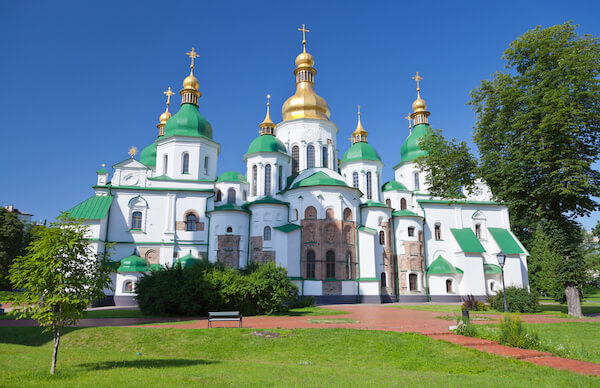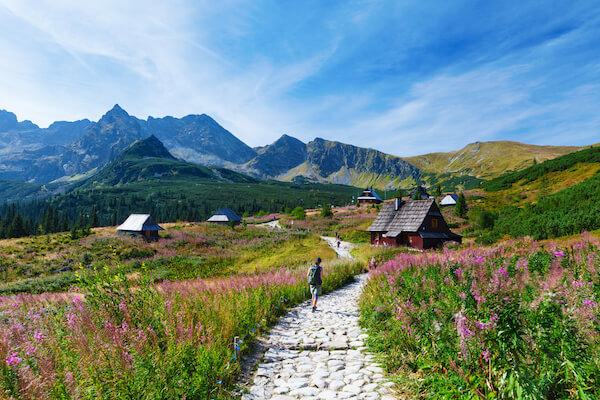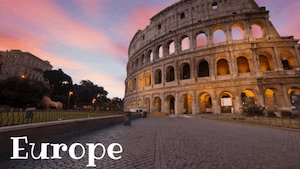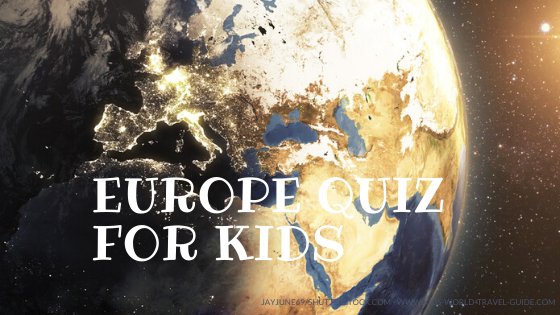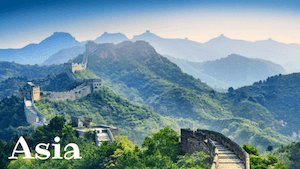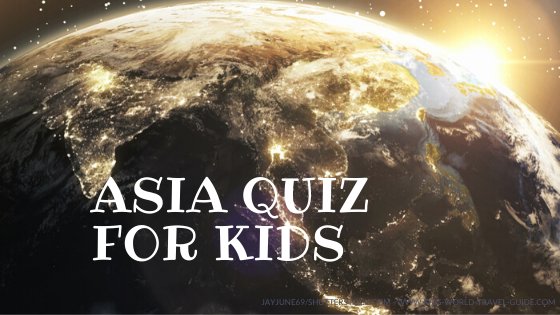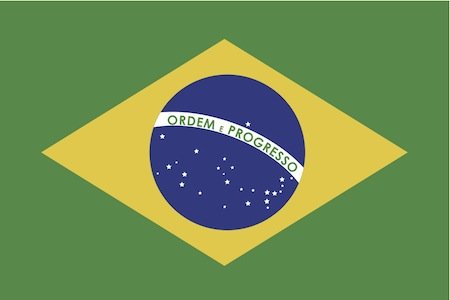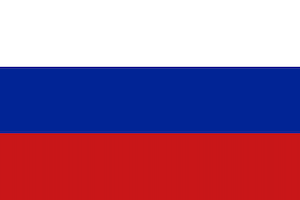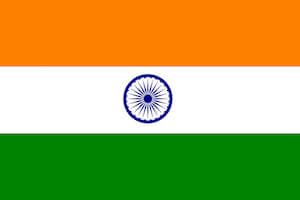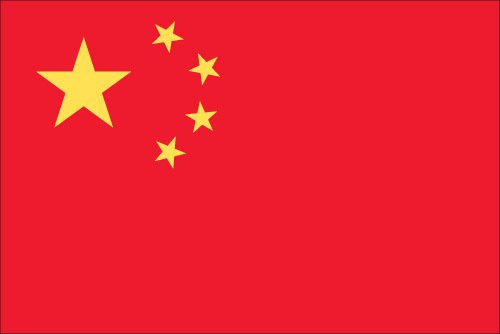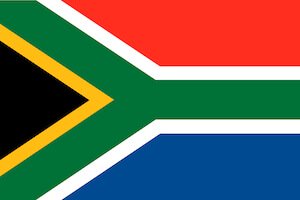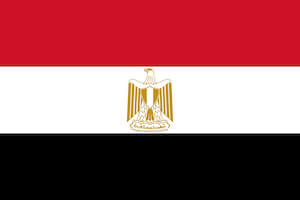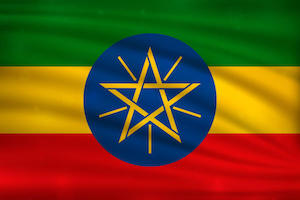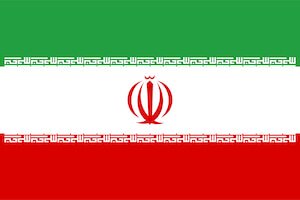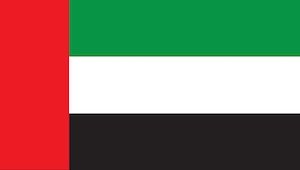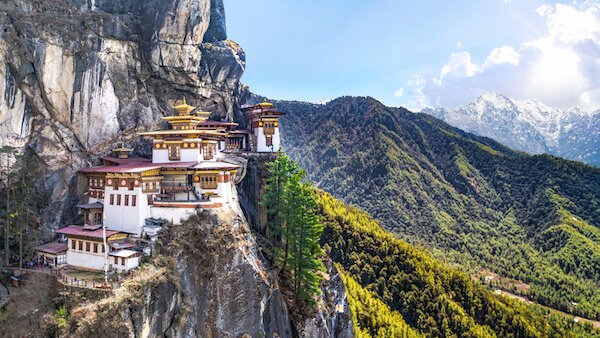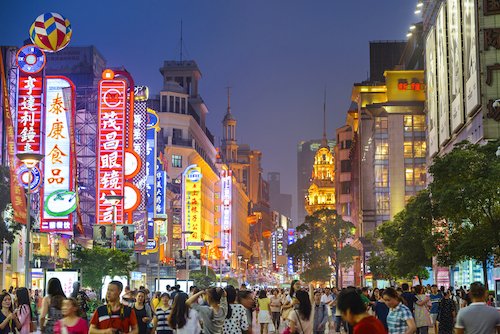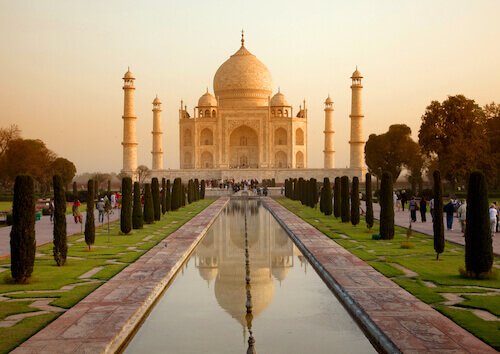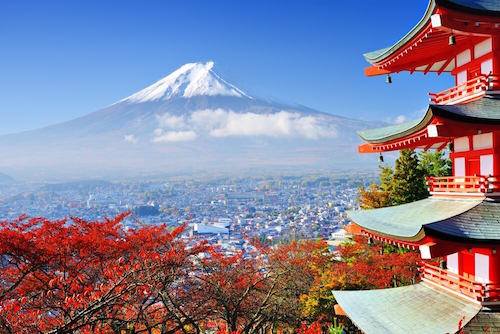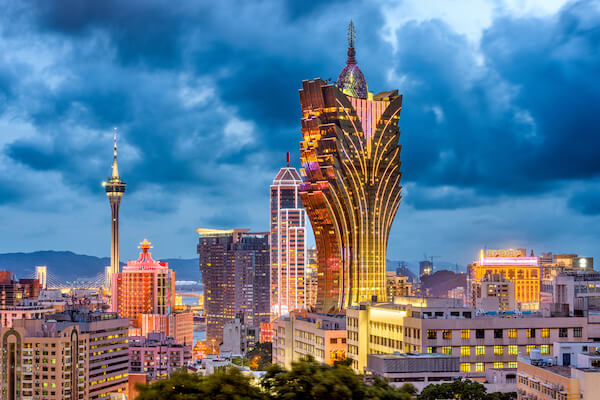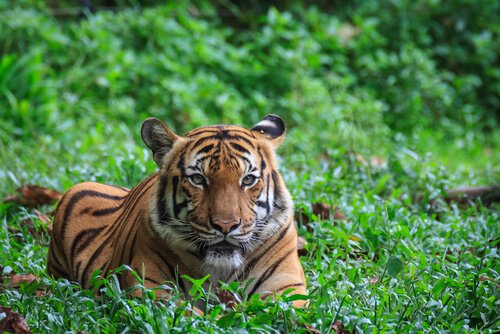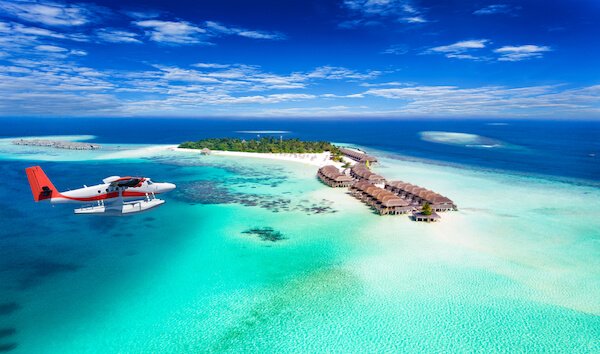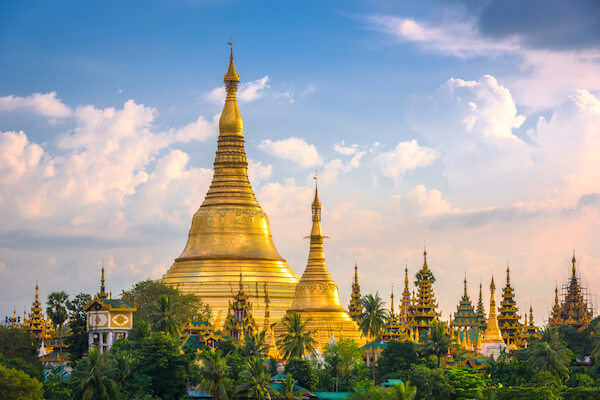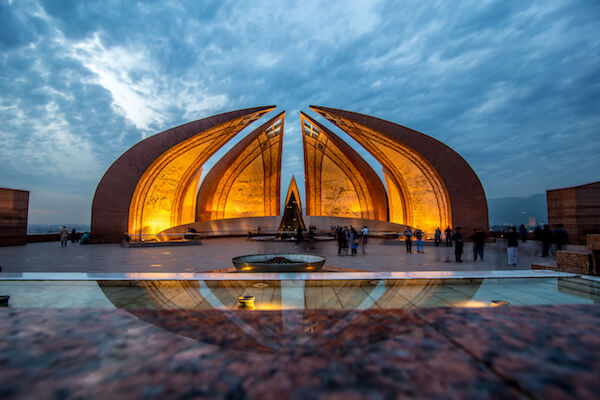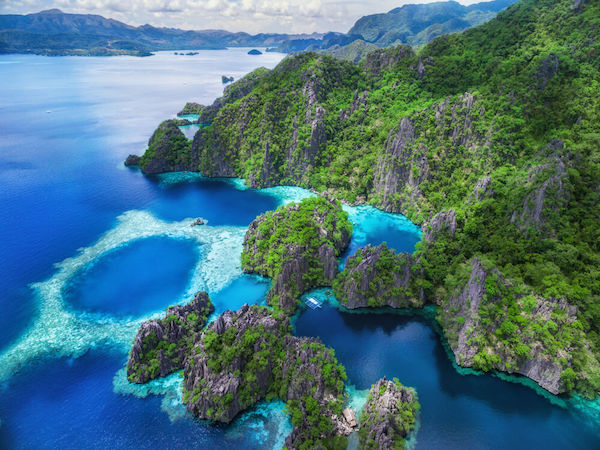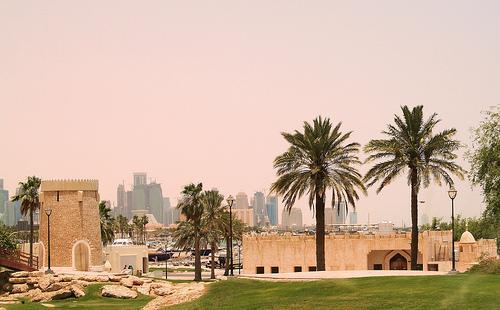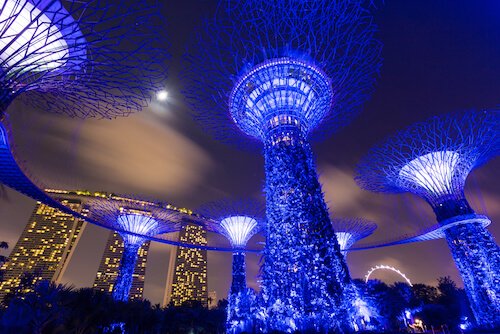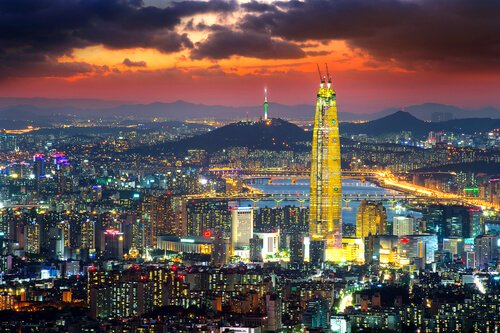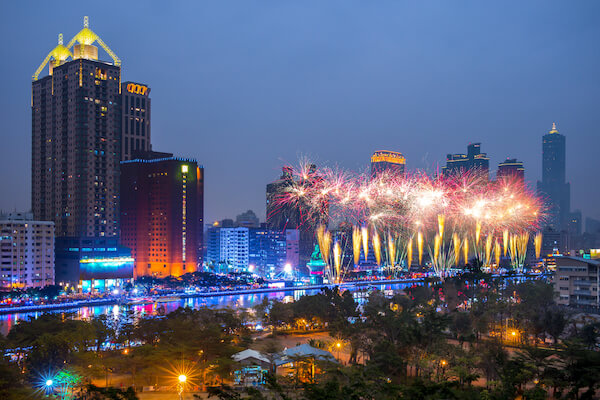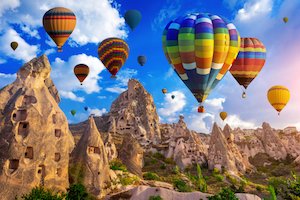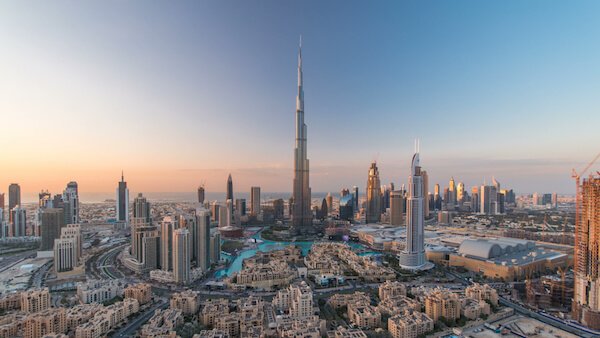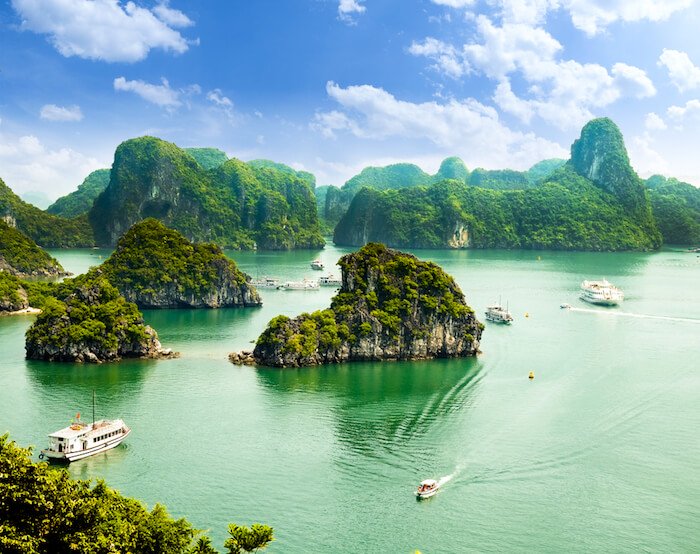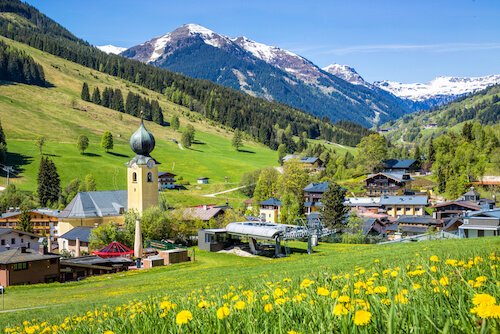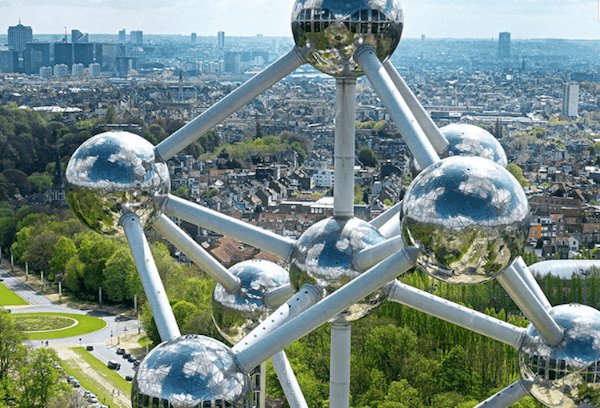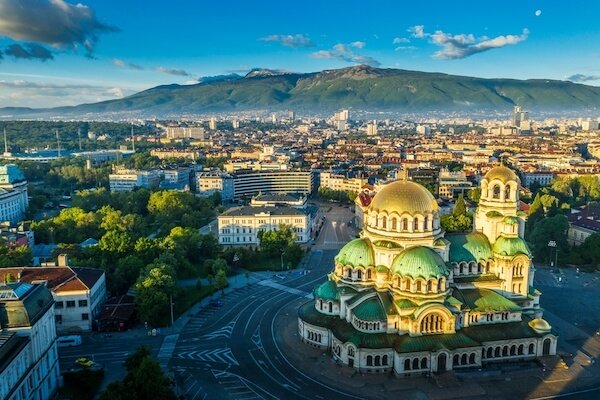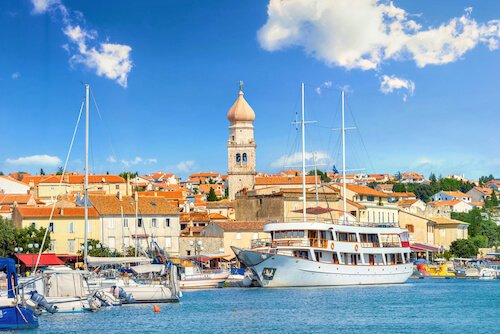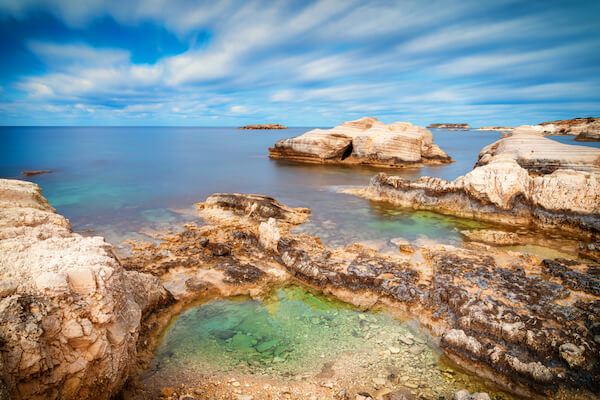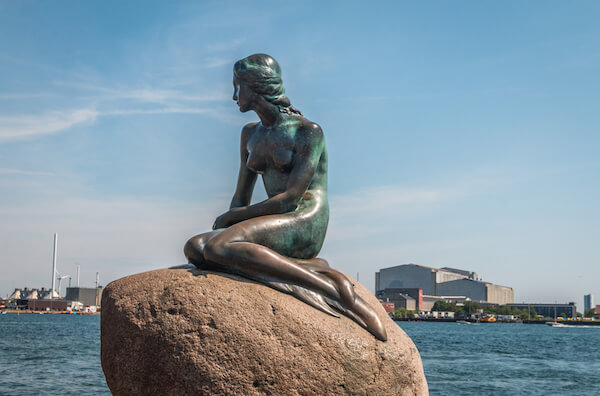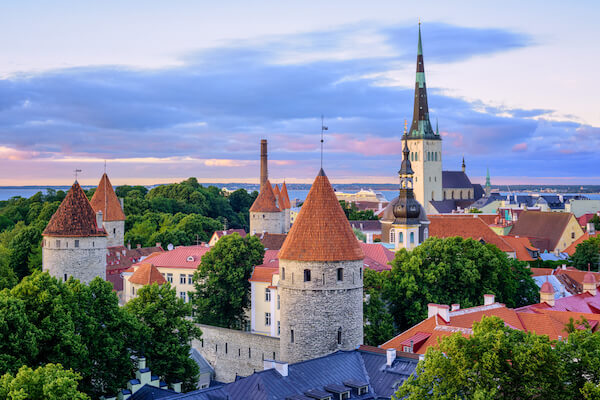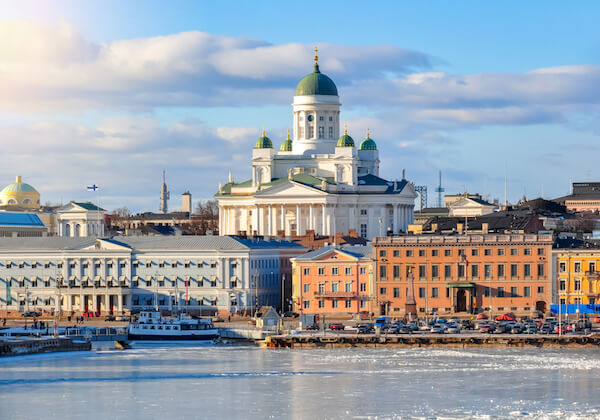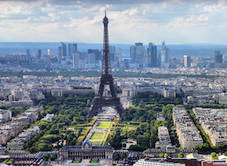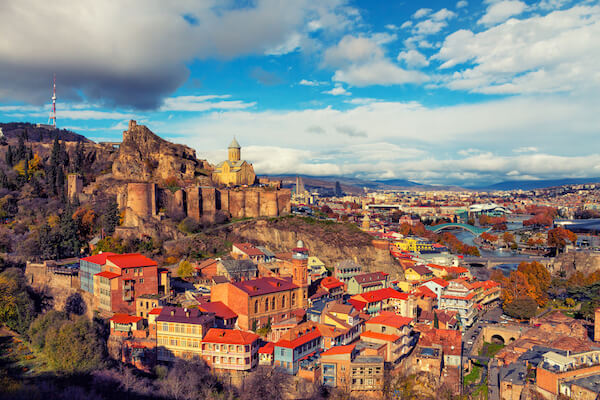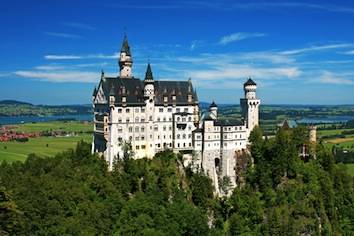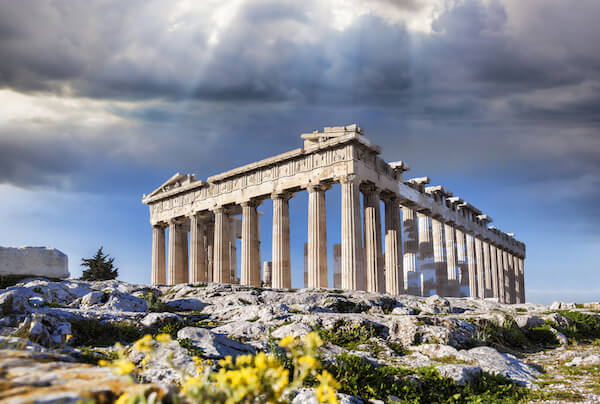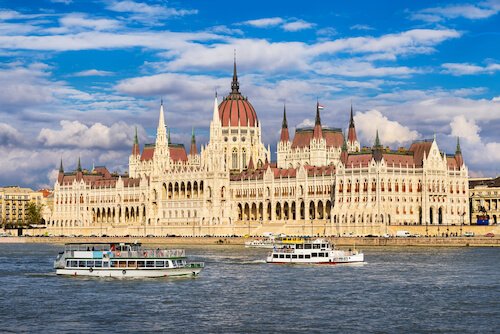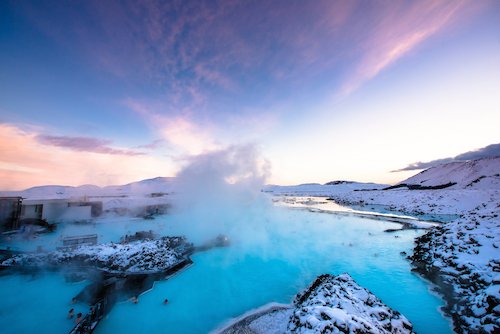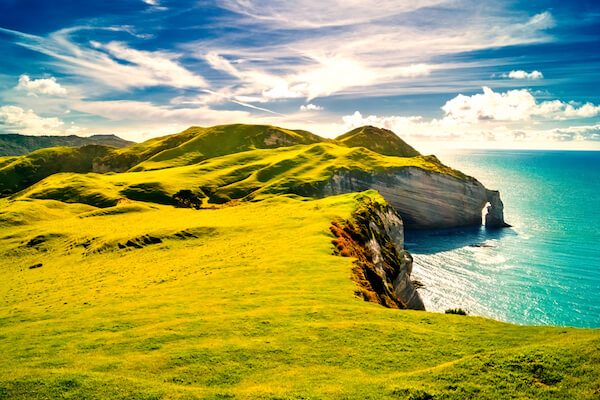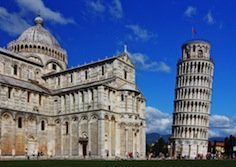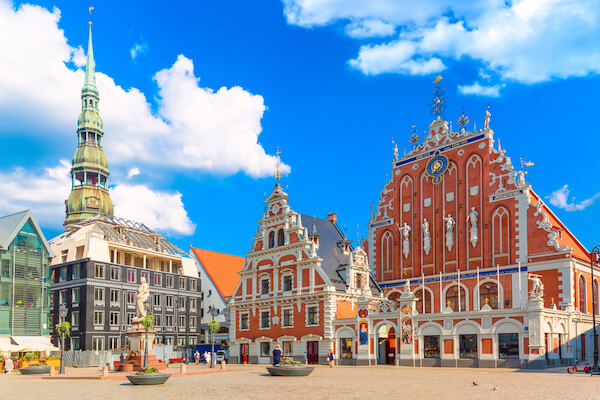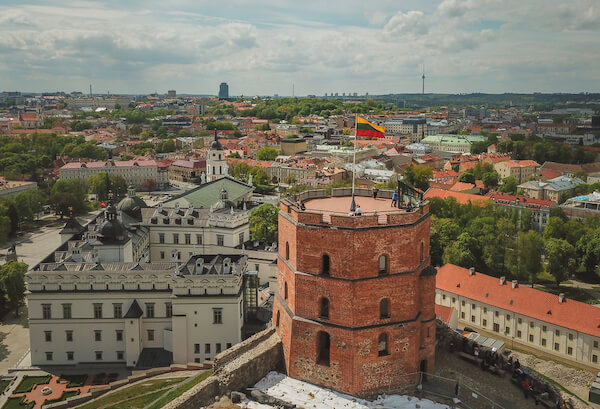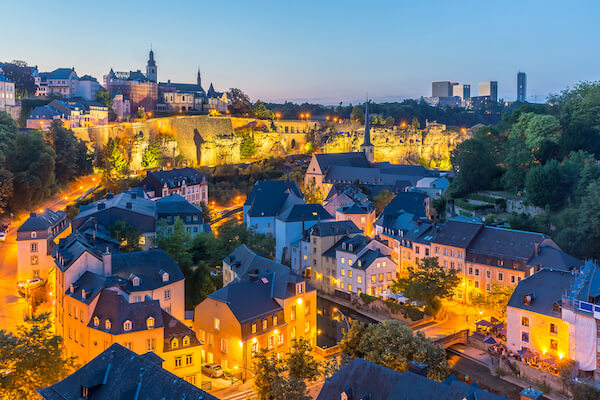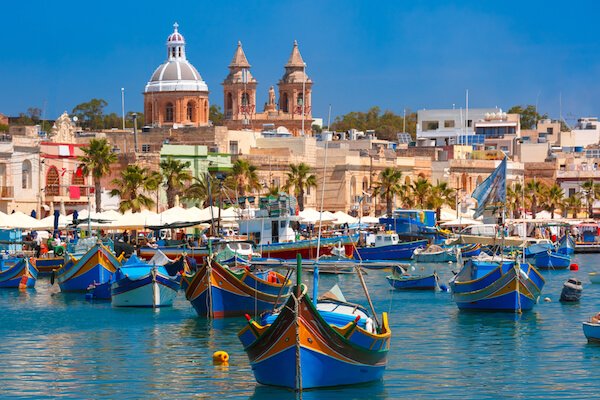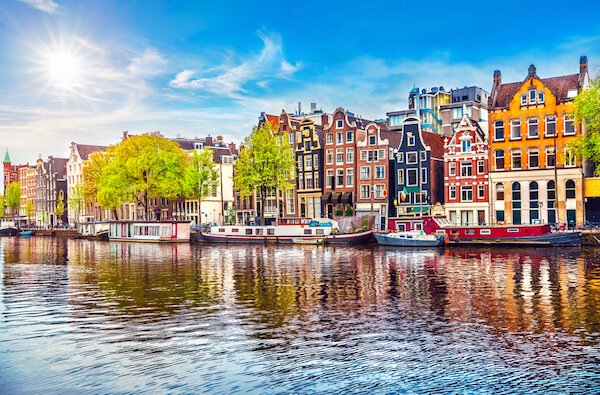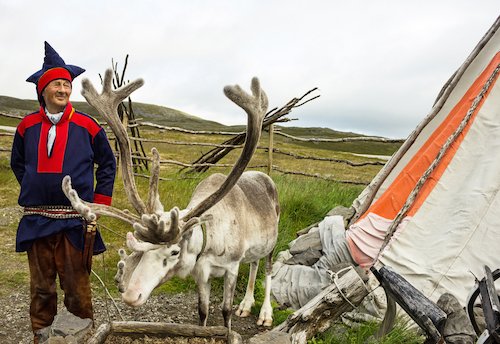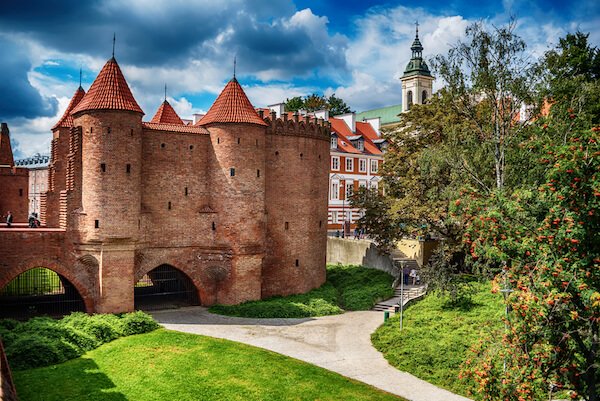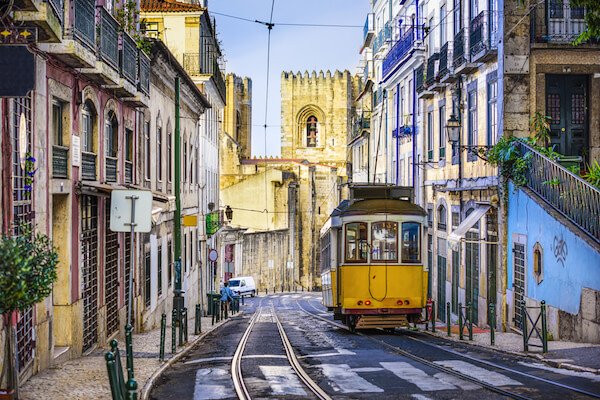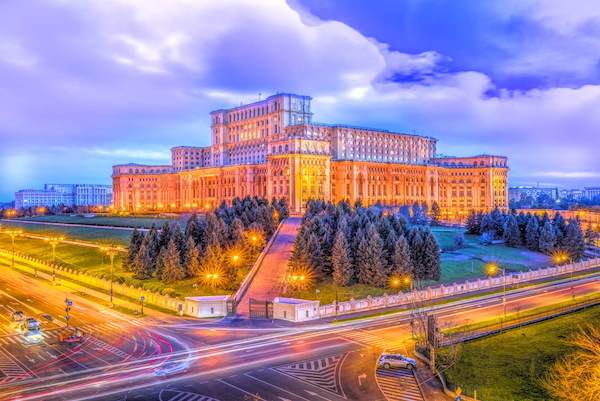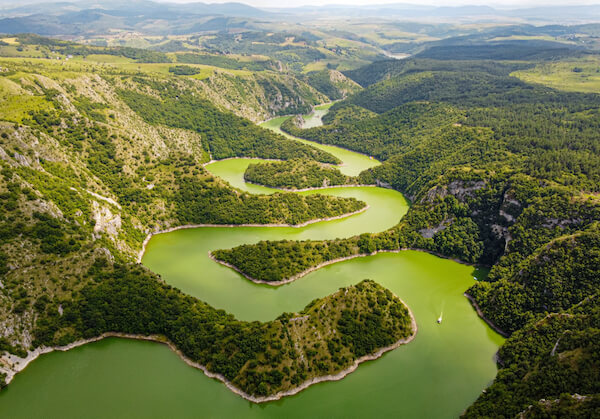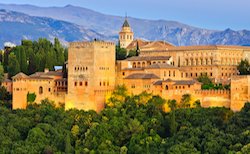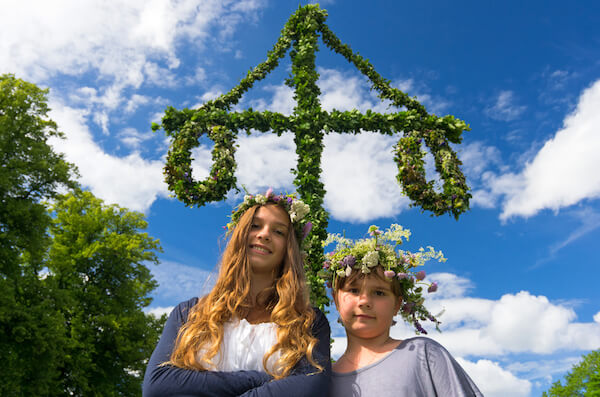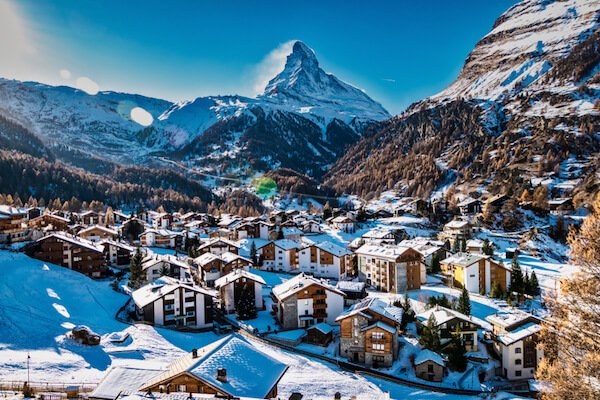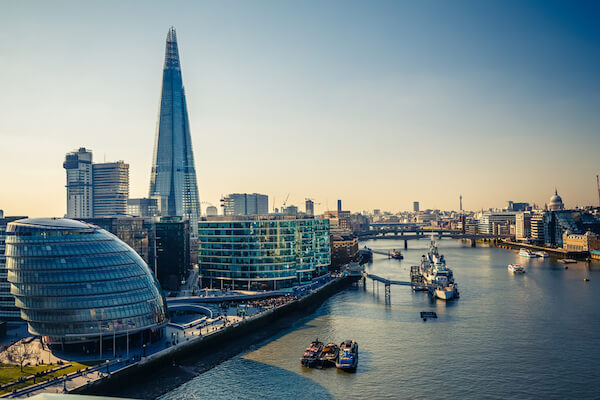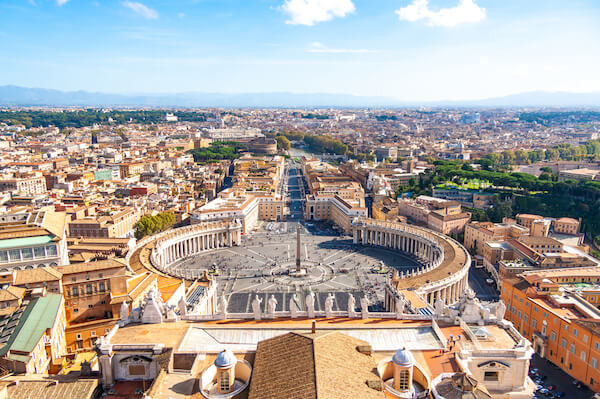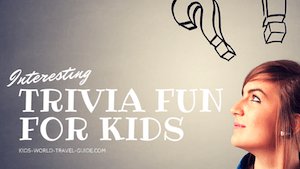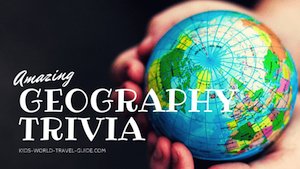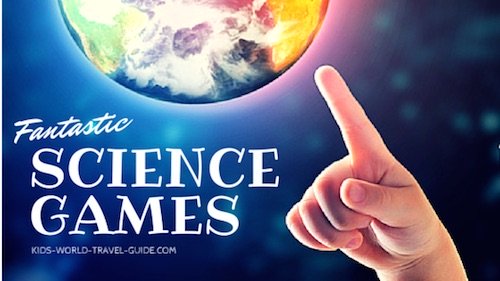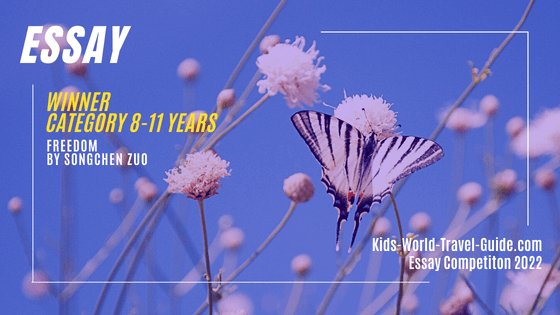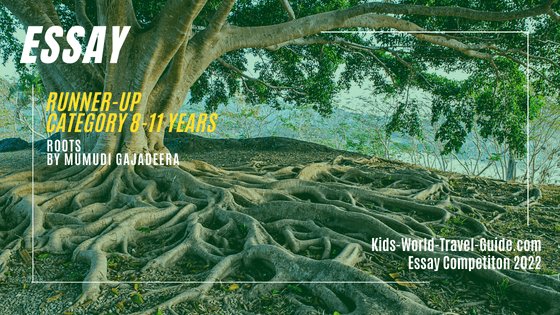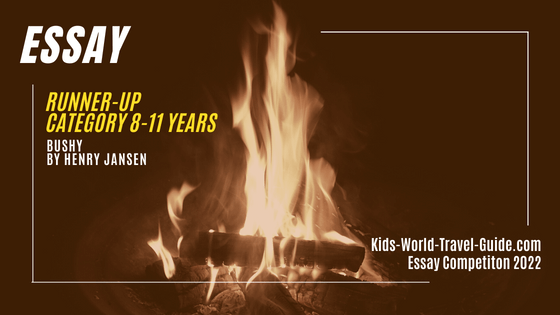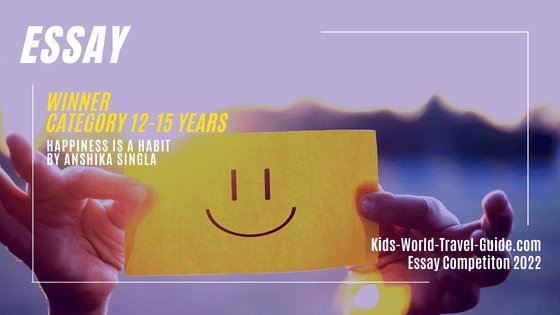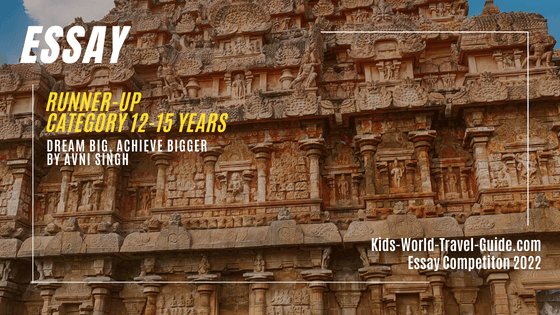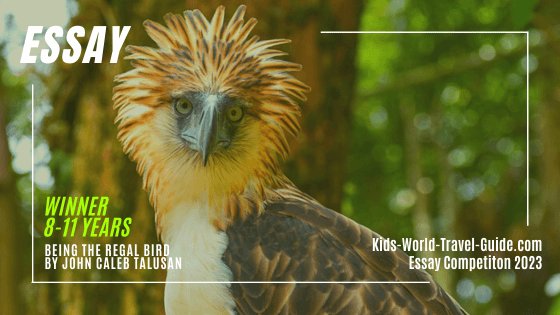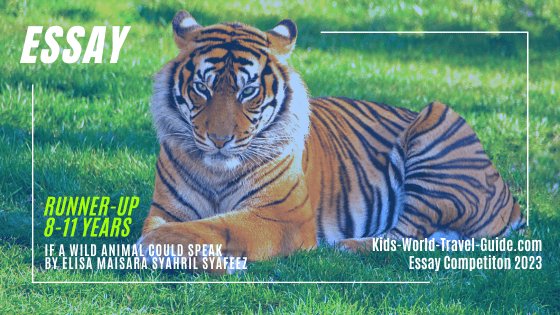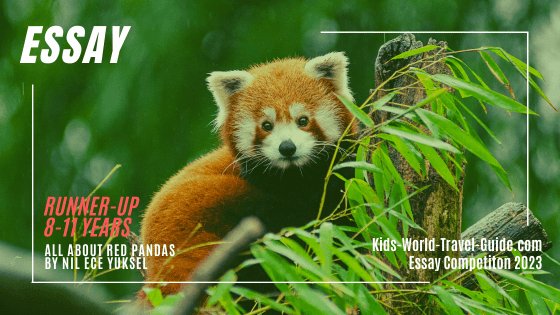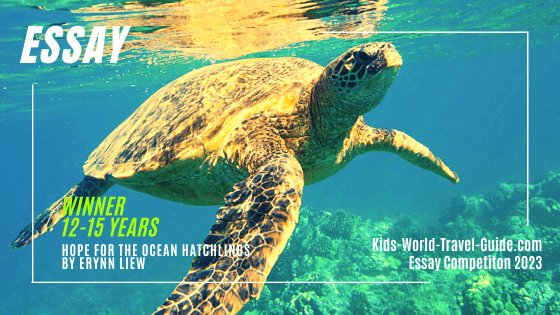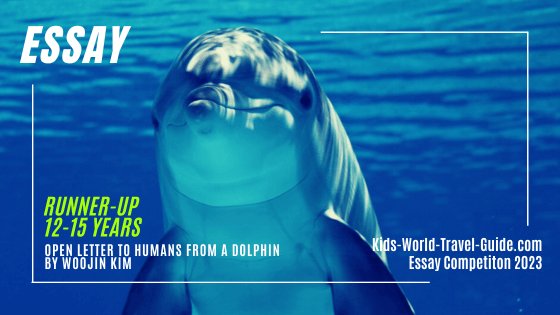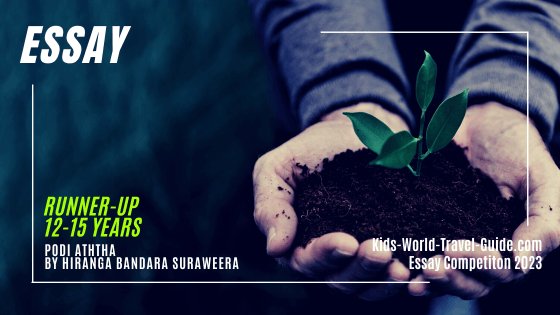- Homepage
- Russia
Russia Facts for Kids
Russia for Kids
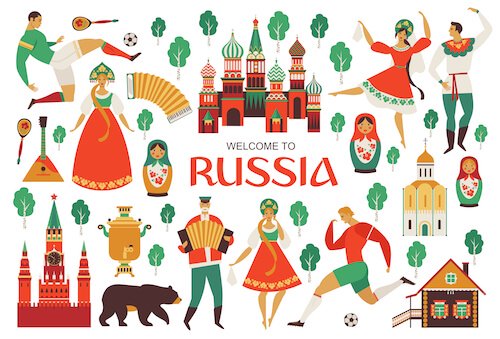
Here are some interesting Russia Facts which were chosen and researched by kids especially for kids.
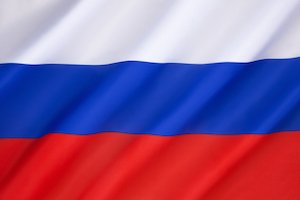
- Continent: transcontinental country in Europe and Asia
- Population: roughly 144 million people (2024)
- Capital: Moscow with almost 13 million inhabitants
- Name: Russian Federation; short: Russia/ Rossiya
- Government: federation with an authoritarian regime where the leader does not allow any protest actions against him or his government
- President: Vladimir Putin
- Official Language: Russian
- Literacy: More than 99% can read and write.
- Religion: Russian-Orthodox 20%, Muslim 15%, Christians 2%, many Russians are non-believers
- Currency: 1 ruble = 100 kopeka
- National Holiday: 12 June (Russia Day)
- History: The Russian Federation was created on 25 December 1991
- National symbols: national anthem, coat of arms and national flag (white - blue - red). National animals: bear and the double-headed eagle. National flower: camomile
- President: Vladimir Putin, since 2012
Russia Facts
Where is Russia? Russia Map
Russia stretches from Eastern Europe to Northern Asia. The country thus is a intercontinental country as it is located on both continents, the European and the Asian continents.
Russia is the largest country in the world by land area and the ninth most populous country in the world.
The 14 countries bordering Russia are: Norway, Finland, Estonia, Latvia, Lithuania, Poland, Belarus, Ukraine, Georgia, Azerbaijan, Kazakhstan, Mongolia, China and North Korea. The longest border is shared with China is almost 4,200 km/ 2,600 miles long.
The country borders the Baltic Sea as well as the Barents Sea, the Kara Sea and the Siberian Sean and the Bering Sea in the furthest east.
Russia has an enclave in the Baltic, Kaliningrad which formerly was Königsberg. The Kaliningrad enclave is located between Poland and Lithuania. Kaliningrad's port is the only one of Russia's ports that is ice-free in winter!
Russia Facts | Russia Geography
Russia is a huge country that is double the size of Australia and about 1.8 times as big as the USA. Westernmost part of Russia is more populated than the other parts of Russia and it is in the western regions of Russia that most cities and towns are found.
Almost half of the country is covered in forests, however, only 14% are suitable for agricultural land due to the harsh climate.
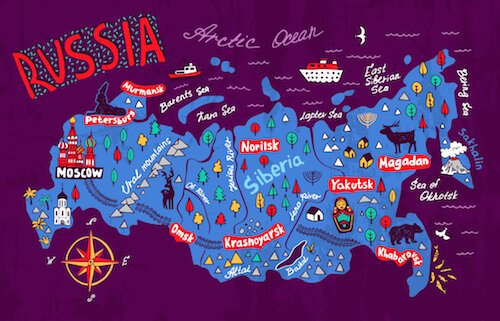 Russia Map
Russia MapIn general, the climate is either too dry or too cold so agriculture is not possible in many regions. The climate ranges from steppe in the South to subarctic in Siberia and tundra in the polar North.
12 Russian Geo Superlatives
Here some Russia facts and geo superlatives:
- Russia is the biggest country in the world and borders 14 countries. The longest border is shared with China.
- Russia has more than 37,600 km (23,300 miles) of coast line.
- Moscow is the largest city of the country with about 13 million inhabitants.
- The highest mountain in Russia is Mount Elbrus with 5,642 m/ 15,510 ft. This is also Europe's highest mountain.
- The Ural mountain ridge is the longest mountain ridge in Russia with more than 2,000 km/ 1,242 miles long and runs from North to South in the western part of Russia.
- Ural's highest peak is called Narodnaja Gora and is 1,894 m/ 6,217 ft high.
- The Volga is Russia's and Europe's longest river with 3,530 km/ 2,190 miles. The Volga river mouth is in the Caspian Sea.
- The Caspian Sea is the world's largest lake. Russia shares this huge salt lake with Azerbaijan, Iran and Turkmenistan. This inland sea is located to the east of the Caucasus region.
- The deepest lake in the world is Lake Baikal. The Russian refer to it as the 'Blue Eye of Siberia'. Lake Baikal is the biggest water reservoir in the world holding one fifth of the world's freshwater reserves. Lake Baikal holds more water than North America's Great Lakes combined!
- The Lakhta Centre, owned by Gazprom, is the highest building in Russia and one of the highest skyscrapers in the world with 462 m/ 1,516 ft.
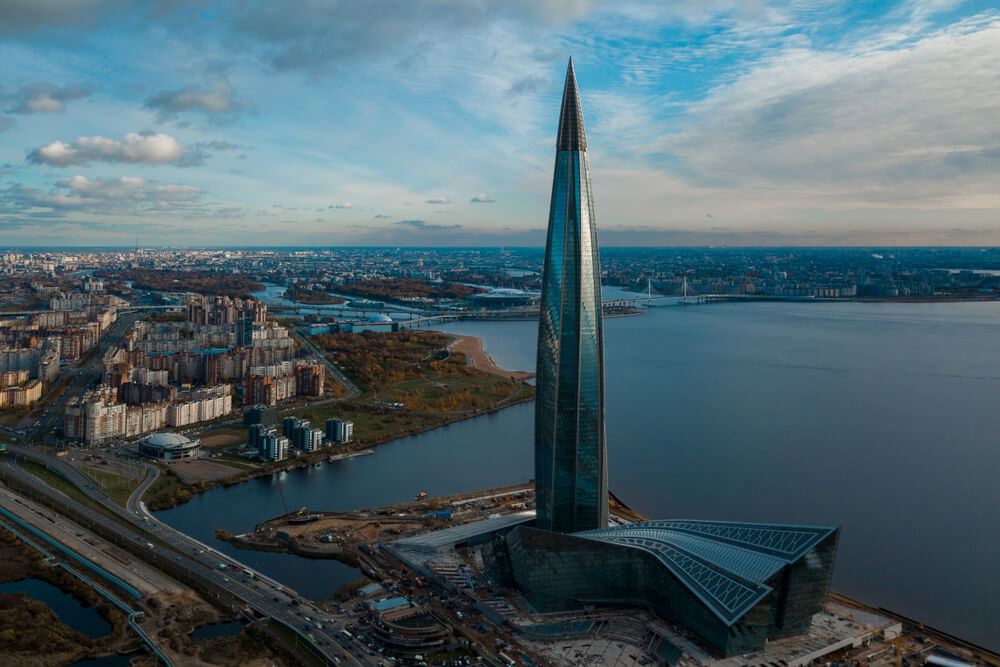 Lakhta Centre with Gazprom tower - image: msupercolor
Lakhta Centre with Gazprom tower - image: msupercolor- Russia has the largest community of Orthodox Christians in the world, the Eastern Orthodox community is the second largest community of Christians in the world.
- Russia has 11 time zones!
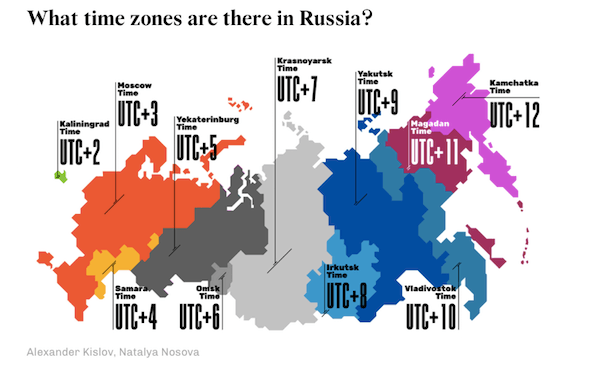 Timezones in Russia
Timezones in RussiaDid you know that there is a region in Russia, where the geographical distance between Russia and the USA is very small. The Bering Strait separates Russia from the USA and the North American continent. There the two countries are just 82 km/ 51 miles apart!
A flight to Moscow takes almost 4 hours from London/England and 9 hours from New York/USA.
Russia Facts
Attractions and Landmarks
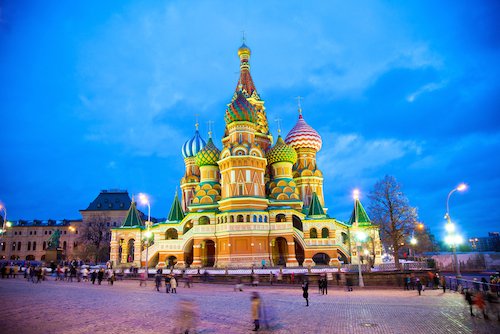 Saint Basil's Cathedral in Moscow
Saint Basil's Cathedral in Moscow- Moscow: Main attractions are the Red Square, the oldest and largest square in Moscow with the Lenin mausoleum, the Kremlin fortress and admire the colourful Saint Basil's Cathedral. Here you see the Kremlin Walls and the Moskva River.
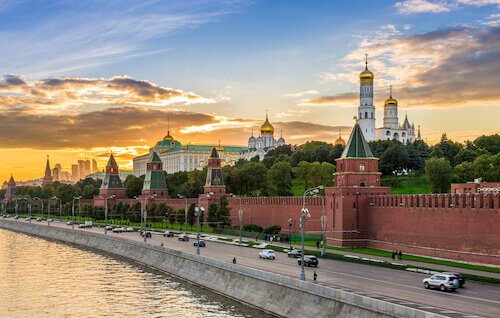 The Kremlin in Moscow
The Kremlin in Moscow- The building of the Lomonosov university in Moscow is a famous landmark of the country. The university is named after mathematician and writer Mikhail Lomonosov (1711-1765), one of the most famous Russian scientists.
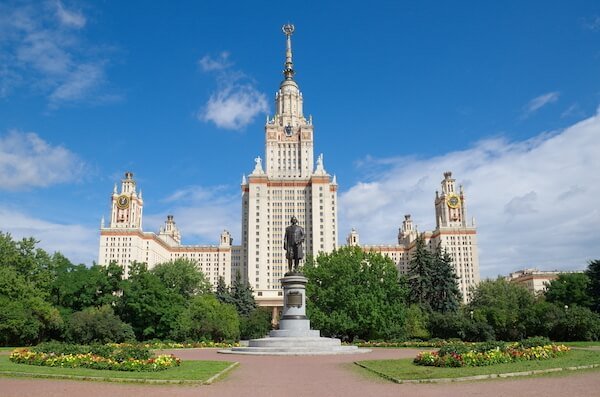 Lomonosov University in Moscow - image: Elena Koromyslova
Lomonosov University in Moscow - image: Elena Koromyslova- Saint Petersburg: This port city on the Baltic Sea is the second largest city in the country with more than five million inhabitants. The city is known as the largest northernmost city with over one million inhabitants. The Neva river flows through Saint Petersburg, that formerly was also referred to as Petrograd or Leningrad in the last century. Founded by Peter the Great in 1703, the city is home to the world renowned Hermitage museum of art and the Winterpalace, previously home of the Russian tzars and emperors.
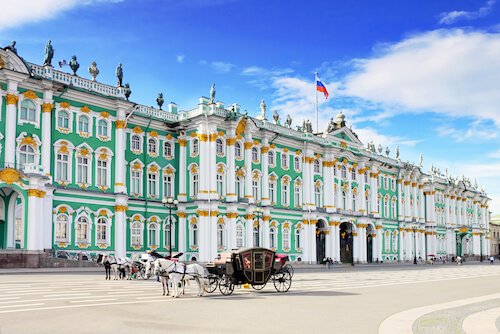 Winter Palace in Saint Petersburg
Winter Palace in Saint Petersburg- Experience the 'White Nights' which are for about two weeks from mid of June. Then the sun will not set in St Petersburg and there will be daylight for 24 hours!
- Sochi: The city is located on the Black Sea and a popular seaside resort. Sochi was the location for the Winter Olympics in 2014.
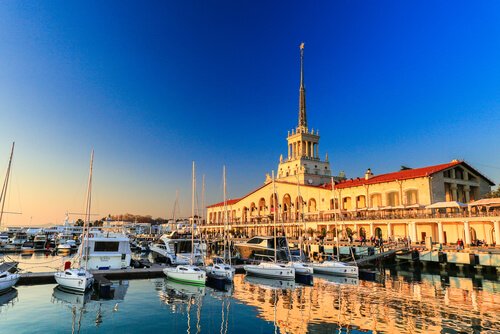 Port of Sochi - image by Goncharovaia
Port of Sochi - image by Goncharovaia- Trans-Siberian Railway: Take a train trip through the vast landscape. The Trans-Siberian Railway offers one of the longest rail network in the world and runs from Moscow to Vladivostok near the border to China and North Korea.
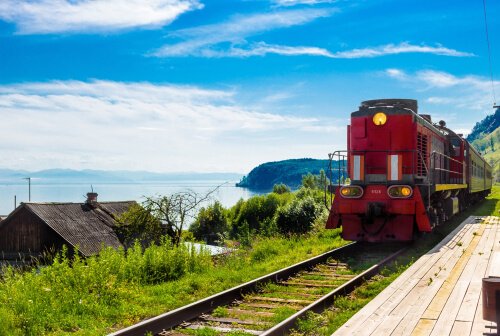 Trans Siberian Railway and Lake Baikal
Trans Siberian Railway and Lake Baikal- Lake Baikal is a stop on the Trans-Siberian rail route. How about a refreshing dip in the cold water of the world's deepest lake?
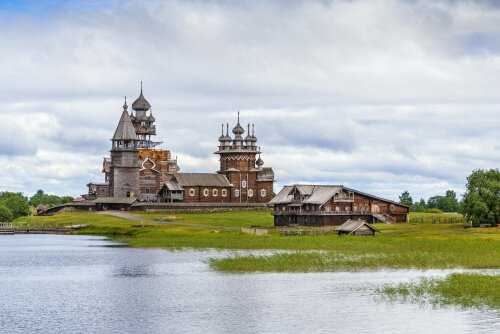 Kizhi Island in Karelia
Kizhi Island in Karelia- Kizhi Island's open-air museum in Karelia is a great adventure for the whole family. Step back in time and learn about the Karelian culture. Karelia is a region close to the Finnish border in Northwestern Russia.
Russia Facts| Russian Language
Russian is a Slavic language and it is the most widely spoken Slavic language. Ukrainian and Polish are also Slavic languages but with fewer speakers.
It is spoken in Russia, Belarus, Kazakhstan, Kyrgyzstan and by many people in Ukraine. Russian is also spoken by many people as a second language in much of Eastern Europe and the Baltics as well as in the Caucasus and Central Asia.
Russian is the eighth most spoken language in the world but is the second most dominant language on the internet - after English!
Russian is one of the six working languages spoken at the United Nations!
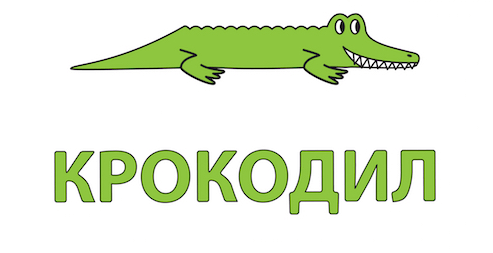
The Russian language is written with the Cyrillic alphabet which consists of 33 letters. Some letters are similar to the Latin alphabet, but some are different. For example: 'P' in Russian is pronounced 'R' in English or the 'C' is pronounced as 'S', the 'Y' is an 'U'
Until 1991, Russia belonged to the USSR (Union of Soviet Socialist Republics) and this was commonly displayed as 'CCCP' which is pronounced as 'SSSR' in English
Most young people in Russia also learn to speak English, French or German in school.
More Russia Facts |
Russian People
Most of the Russian population lives in the westernmost part of the country that belong to the European continent. Here are the majority of the largest Russian cities such as Moscow, St Petersburg, Yekaterinburg, Samara and Omsk.
Three out of four people in Russia live in urban centres.
The family is very important to Russians. Here most families include the grandparents, parents and children in the same household.
Children start school when they turn six years old and typically go to school for ten years. After Grade 11, students can go to study at university.
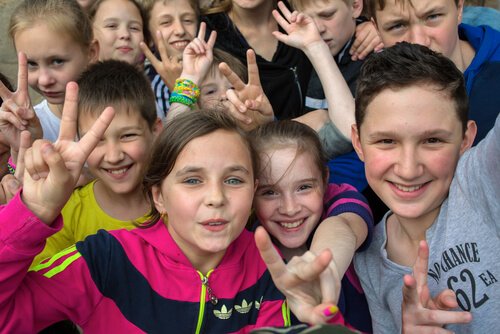 Russia kids - image by Vikulin
Russia kids - image by VikulinSoccer and ice hockey are the most popular sports in Russia. Soccer is referred to as 'Futbol' in Russia.
In 2014 Russia hosted the Winter Olympics in Sochi and in 2018 Russia hosted the Fifa Soccer World Cup with the winning team being France. The 2022 Soccer World Cup was held in December 2022 in Qatar where Argentina team was crowned champion. Russia and Belarus were banned from taking part in the French Summer Olympics of 2024.
Russia is not a democratic country as the government restricts the people's freedom of assembly and all power is in the president's hands.
According to the World Freedom Report 2024, Russia is declared as 'Not free' ranking with only 13 out of 100 points. The authoritarian regime of President Vladimir Putin controls the media and suppresses opponents. Corruption and crime are another threat to the country and the Russia's recent invasion of neighbouring country Ukraine caused a massive human crisis in the region.
Famous Russians
Famous Russians include:
- Aleksandr Puschkin (1799-1837): poet and playwright and considered the father of modern Russian Literature. Famous works his novel written in verse called "Eugene Onegin".
- Piotr Ilyich Tchaikovsky (1840-1893): composer. He transformed "Eugene Onegin" into a famous opera. His "Swan Lake" is one of the most famous ballets performed worldwide.
- Leo Tolstoy (1828-1910): Russian writer and novelist, known for his works "War and Peace" and "Anna Karenina"
- Igor Stravinsky (1882-1971): The composer is most famous for his work "The Firebird", which is a ballet.
- Yuri Gagarin (1934-1968): Russian cosmonaut (that is how they call astronauts in Russia) is the first person to orbit the Earth
- Maria Sharapova (born 1987): tennis player and first Russian player to win Wimbledon in 2004
- Garry Kasparov (born 1963): Chess grandmaster
Russia Facts | Russian Economy
Russia is among the ten largest economies in the world and the world's third biggest gold producer after China and Australia. And Russia is one of the leading producers of natural gas and oil as well as metals.
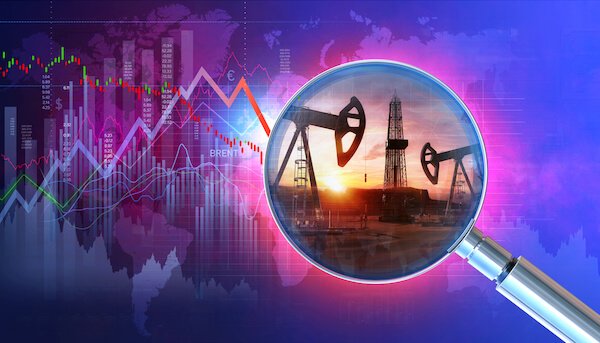
The main agricultural products are grains, sugar beets, sunflower seeds and vegetables and fruits as well as beef and milk.
Some well known Russian companies include Gazprom, Russia's largest natural gas and oil company, Sberbank, Russia's largest bank and Aeroflot, Russia's national airline.
The country's main trading partners are China, Germany, Netherlands, Belarus and the USA.
The Russian Federation is one of the BRICS countries. The BRICS are an association of the world's major emerging economies and include Brazil, Russia, India, China and South Africa. In 2024, the BRICS+ group welcomed four new members: Egypt, Ethiopia, Iran and United Arab Emirates. Read more here.
Russia Facts | Russian Food
The Russian main dishes contain: pork and beef, lamb, chicken, fish, potatoes and root vegetables as well as porridge and bread. Sour cream accompanies many dishes.
Especially vegetable soups and stews play an important role in Russian cuisine.
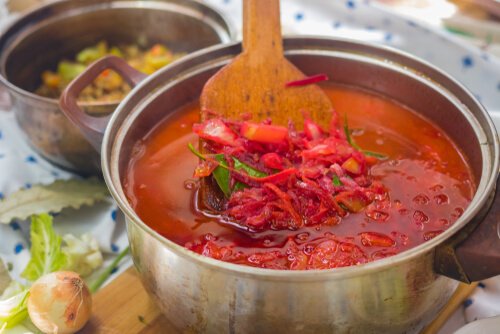 Russian Borscht soup
Russian Borscht soupRussian food is full of flavour and the Russian cuisine is as diverse as the regions in the huge country. Here is some typical Russian food:
- Borscht or Red beet soup: soup made with red beets and vegetables that are cut into small pieces. This red soup is often served cold and is then blended with yoghurt or sour cream from which the soup gets its pink colour.
- Soljanka: thick cabbage and vegetable soup with pickled mushrooms or vegetables that gives it a spicy flavour
- Blinis: thin Russian pancakes often served with savoury or sweet fillings
- Porridge: made with local cereal depending on available crops especially buckwheat, semolina and oats. It is cooked in milk for breakfast
- Olivier Salad, usually known internationally as Russian salad: salad made with boiled and diced potatoes, carrots, boiled eggs and boiled chicken pieces, pickles and mixed with sour cream or mayonnaise
- Shashlik: skewered and grilled lamb or chicken cubes, similar to a shish kebab or satay
- Pirozhki: fried dough pockets or mini pies, that are stuffed with meats or savoury fillings, sometimes they come with apple or other sweet fillings
- Salted herring: pickled vegetables and salted herring are popular starters, often served with rye bread and onions
- Kulich: Russian Easter cake in form of a dome which is made with nuts and fruits and often decorated with icing
- Moroshenoe: Russian ice-cream, popular even when it's cold outside
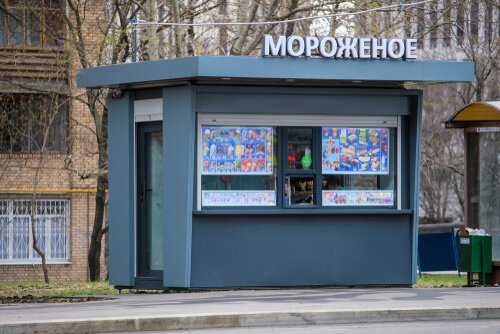 Ice cream stall in Russia - image by Vereshchagin Dmitry
Ice cream stall in Russia - image by Vereshchagin Dmitry- Caviar: salted or cured roe (fish eggs) from the wild sturgeon or other fish. However, black caviar is a delicacy and a costly treat which is only served on special occasions or eaten in small amounts.
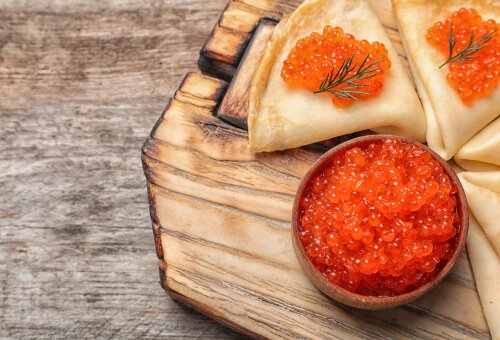 Red caviar on folded blinis (pancakes)
Red caviar on folded blinis (pancakes)Did you know? One of the rarest and most costly caviar comes from the Beluga sturgeon of the Caspian Sea. Black Beluga caviar costs up to 10,000 US dollar per kg/ 4,500 GB pounds per lb of weight! Today, caviar comes from fish farms, as wild caviar from the Caspian Sea has become illegal due to overfishing.
Russia Facts | Animals in Russia
Due to the harsh climate in many regions in Russia, wildlife is often limited. The tundra landscape is covered by snow for more than nine months every year. However, large mammals such as reindeer survive in the tundra. Reindeer are referred to by some as caribou.
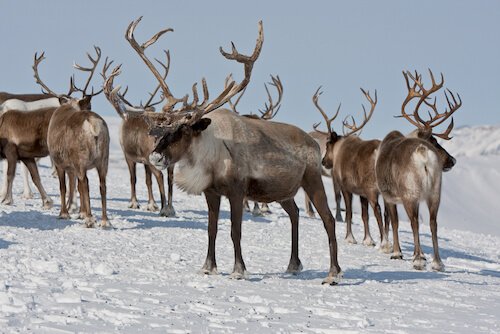 Herd of caribou in the Russian tundra
Herd of caribou in the Russian tundraArctic foxes and polar bears can be seen in the far north, while whales and seals swim in the Arctic waters.
Steppe (grassland) mammals in southern Russia include wild boars and various antelope species.
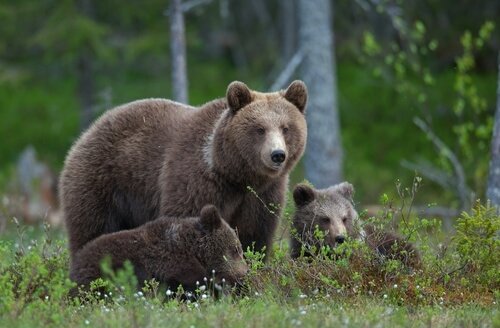 Brown bear with cubs
Brown bear with cubsThere are several bear species such as the brown bears in the Caucasus and the Asian black bears which live in the Russian far-east.
The Siberian tiger and the Amur leopard are among the most endangered species in Russia.
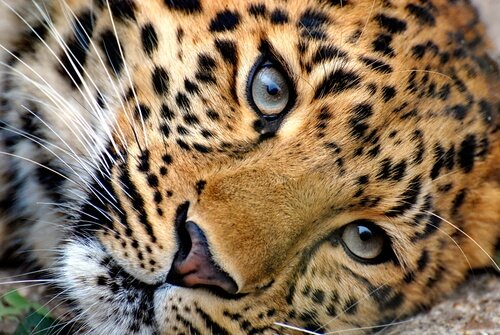 Amur leopard
Amur leopardRussia facts | Resources
Our Russia facts page was last amended and updated on 24 October 2024.
- Russia National Tourism Portal. "Culture - Map of Russia." Russia Travel. Last accessed 24 October 2024
- World Freedom Report 2021. "Russia." Freedom House. Last accessed 24 October 2024
- Rob Smith. "The world's biggest economies in 2018." World Economic Forum. Published 18 April 2018. Last accessed 24 October 2024
- World Gold Council "Gold production by Country" Gold.org Last accessed 24 October 2024
- Central Intelligence Agency. "Russia." WorldFactBook. Last updated 23 October 2024. Last accessed 24 October 2024
- Anna Sorokina. "How many time zones are there in Russia?" Russia Beyond. 12 February 2019. Last accessed 24 October 2024
- Dasha Fomina. "15 Traditional Meals That Remind Russians of Home." Culturetrip. 26 April 2017. Last accessed 24 October 2024
Image credits for Russia Facts: Shutterstock.com, wikicommons and own images. Lakhta tower by msupercolor/shutterstock.com and Lomonosov university by Elena Koromyslova/shutterstock.com
Popular Pages
Please bookmark our page "Russia Facts for Kids" if you are interested in Russia Facts as our Russia Facts page will be updated regularily.
And enjoy learning more great Russia Facts soon:-)
Return from Russia Facts to KidsWorldTravelGuide Homepage
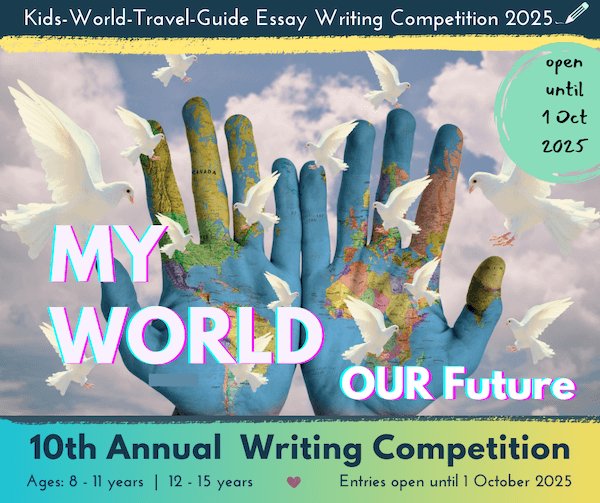
***
More about Countries and Territories in Asia
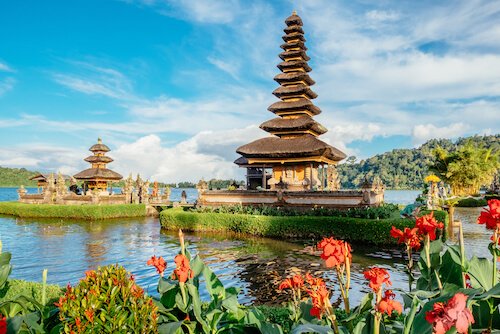 Indonesia
Indonesia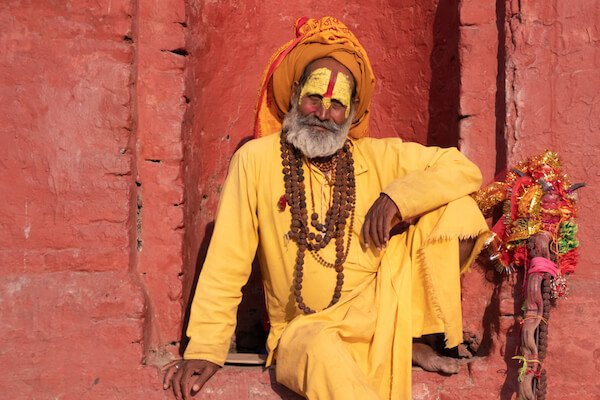 Nepal
Nepal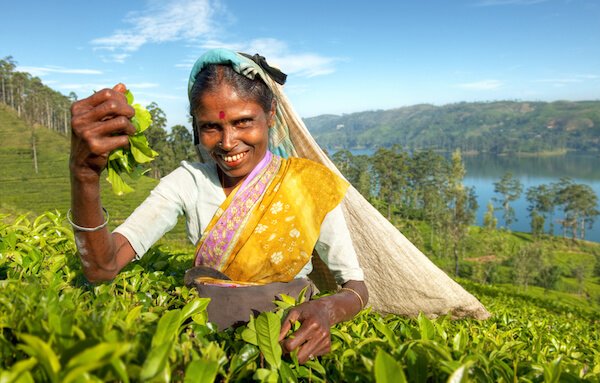 Sri Lanka
Sri Lanka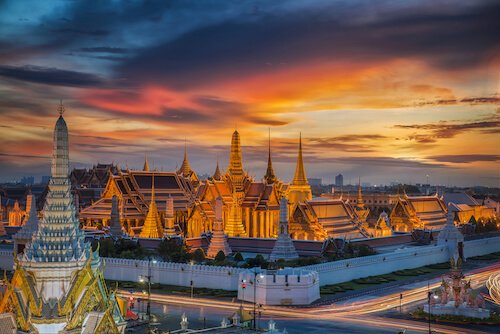 Thailand
Thailand
More about Countries in Europe
More about Countries and Territories in Asia
 Indonesia
Indonesia Nepal
Nepal Sri Lanka
Sri Lanka Thailand
ThailandLike us on Facebook
Do you like what you read?
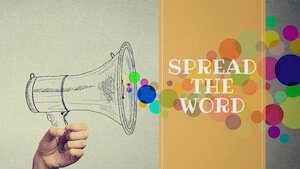
***

